I don't understand why you don't want to use the build-in glmnet method but you
can certainly reproduce its results (here with ggplot).
You still need the model object to extract the lambda values...
Edit: added Coefs vs L1 norm
Reproduce your minimal example
library(MASS)
library(glmnet)
#> Le chargement a nécessité le package : Matrix
#> Le chargement a nécessité le package : foreach
#> Loaded glmnet 2.0-13
library(ggplot2)
library(reshape)
#>
#> Attachement du package : 'reshape'
#> The following object is masked from 'package:Matrix':
#>
#> expand
Boston=na.omit(Boston)
x=model.matrix(crim~.,Boston)[,-1]
y=as.matrix(Boston$crim)
lasso.mod =glmnet(x,y, alpha =1)
beta=coef(lasso.mod)
Extract the coef values and transform them in a long, tidy form suitable for ggplot
tmp <- as.data.frame(as.matrix(beta))
tmp$coef <- row.names(tmp)
tmp <- reshape::melt(tmp, id = "coef")
tmp$variable <- as.numeric(gsub("s", "", tmp$variable))
tmp$lambda <- lasso.mod$lambda[tmp$variable+1] # extract the lambda values
tmp$norm <- apply(abs(beta[-1,]), 2, sum)[tmp$variable+1] # compute L1 norm
Plot with ggplot : coef vs lambda
# x11(width = 13/2.54, height = 9/2.54)
ggplot(tmp[tmp$coef != "(Intercept)",], aes(lambda, value, color = coef, linetype = coef)) +
geom_line() +
scale_x_log10() +
xlab("Lambda (log scale)") +
guides(color = guide_legend(title = ""),
linetype = guide_legend(title = "")) +
theme_bw() +
theme(legend.key.width = unit(3,"lines"))

The same with the base plot glmnet method :
# x11(width = 9/2.54, height = 8/2.54)
par(mfrow = c(1,1), mar = c(3.5,3.5,2,1), mgp = c(2, 0.6, 0), cex = 0.8, las = 1)
plot(lasso.mod, "lambda", label = TRUE)

Plot with ggplot : coef vs L1 norm
# x11(width = 13/2.54, height = 9/2.54)
ggplot(tmp[tmp$coef != "(Intercept)",], aes(norm, value, color = coef, linetype = coef)) +
geom_line() +
xlab("L1 norm") +
guides(color = guide_legend(title = ""),
linetype = guide_legend(title = "")) +
theme_bw() +
theme(legend.key.width = unit(3,"lines"))

The same with the base plot glmnet method :
# x11(width = 9/2.54, height = 8/2.54)
par(mfrow = c(1,1), mar = c(3.5,3.5,2,1), mgp = c(2, 0.6, 0), cex = 0.8, las = 1)
plot(lasso.mod, "norm", label = TRUE)

Created on 2018-02-26 by the reprex package (v0.2.0).




